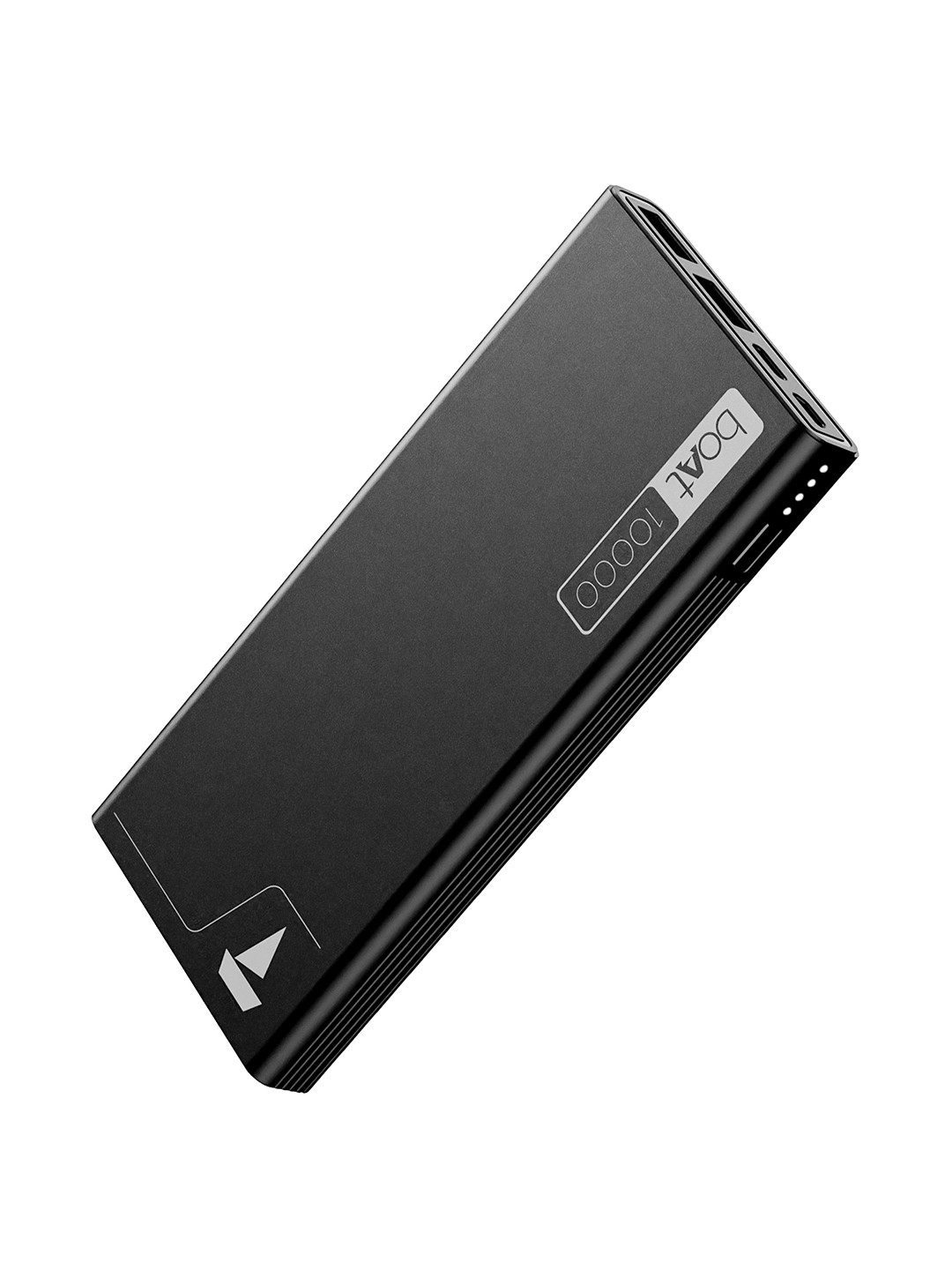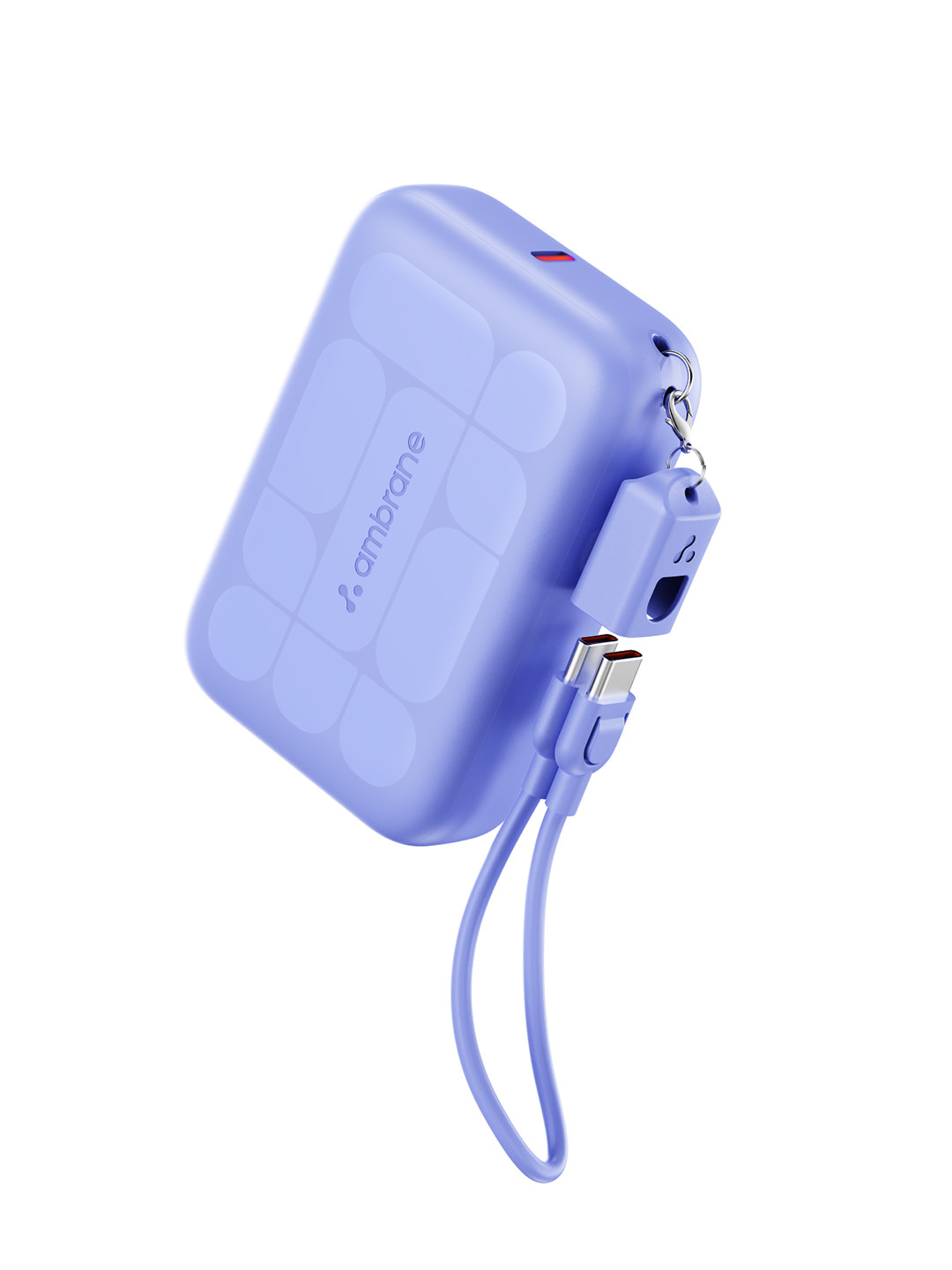Pure Sine Wave Inverter vs Power Inverter: Choosing the Right Power Solution
Pure Sine Wave vs Normal Inverter: Power cuts have a way of showing up right at the wrong time. Choosing the right inverter, between a pure sine wave and a regular power inverter, can make all the difference. This guide simplifies the jargon and helps you find a reliable companion.

Pure Sine Wave vs Normal Inverter: Find A Reliable Companion.
In many households, the inverter is that silent warrior tucked away in a corner, often only remembered when the lights blink off. While it may not be the flashiest appliance, its importance is undeniable. Yet, when faced with choices like pure sine wave and power inverter, most people either take a wild guess or rely on the salesperson's half-smile.
But here's the thing: not all inverters are built equal. What works for a modest 1BHK might sputter when powering a shop full of fans, fridges and freezers. Knowing the difference can spare your appliances, lighten your electricity bills, and offer peace of mind during those summer blackouts when even the ceiling fan feels like a luxury.

Pure Sine Wave vs Normal Inverter: With sine wave precision, your appliances hum, not buzz, through every blackout; Photo Credit: Amazon
This article walks you through the key differences, benefits, and real-world usability of pure sine wave inverters versus conventional power inverters. The goal? Helping you make an informed, wallet-friendly, and future-ready decision. So, here is the Pure Sine Wave vs Normal Inverter comparison to help you make a more reasoned buying decision:
1. Understanding the Basics: What Is an Inverter, Really?
An inverter might seem like a magic box that keeps the lights on when everything else goes dark. But at its core, it's a device that converts DC (Direct Current) electricity, usually from a battery, into AC (Alternating Current), which powers our everyday appliances.
There are broadly two kinds of waveforms generated: sine wave and modified sine wave (or square wave). The pure sine wave mimics the electricity from the grid almost perfectly, making it ideal for delicate electronics. The regular power inverter (often a modified sine wave one) is simpler, cheaper, but less smooth in its delivery.
To understand this, imagine drinking water from a tap versus a waterfall. Both give you water, but the flow is very different. Your gadgets feel that difference too. The way current flows can either be a gentle stream or a jerky gush, and for your sensitive devices, that distinction matters.
2. What Sets Pure Sine Wave Inverters Apart?
A pure sine wave inverter creates electricity that's nearly identical to what you get from your mains supply. This smooth, uninterrupted current ensures that devices run efficiently, quietly, and without risk of damage.
Ever noticed a buzzing sound when using a mixer grinder on backup power? Or that odd flicker on your LED TV screen? That's likely because the inverter is producing a rougher waveform, not a pure sine wave. Appliances like laptops, refrigerators, and microwave ovens are designed to function optimally on clean power. A pure sine wave inverter respects that design.
Though a bit more expensive, it's like choosing a cab with working AC over a dusty auto in peak May heat. One gets the job done, sure, but the other does it better, safer, and with much less wear and tear on you (and your electronics).
3. The Conventional Power Inverter: Cheap, but at What Cost?
Power inverters that offer modified or square wave output are often the budget-friendly pick. These are best suited for basic appliances like tube lights, fans, or maybe an old television set. Their appeal is understandable, cheaper upfront, easier to find, and good enough for light use.
But here's the catch: they can be rough on modern appliances. Devices with digital displays or those requiring precise voltage regulation may misbehave or wear out quicker. Think of it like fuelling your scooter with adulterated petrol. It'll run, sure, but not for long.
Plus, there's often a noticeable hum, lag, or even heating issues when running appliances with such inverters. Over time, that could translate to higher repair bills, or worse, reduced lifespan for expensive gadgets.
Also Read: Top 5 Inverters Under ₹20,000 From V-Guard To Genus for Apartments And Small Homes
4. Cost Comparison: Is a Pure Sine Wave Inverter Worth It?
The price tag is often the dealbreaker. A pure sine wave inverter can cost ₹3,000–₹6,000 more than a regular one of the same capacity. But this difference isn't just about paying more, it's about getting more.
Let's do the math. Say your refrigerator conks out because of inconsistent inverter output. That's ₹18,000 or more down the drain. Add a microwave or washing machine to that list and you're staring at repair or replacement costs that dwarf the upfront inverter savings.
And then there's efficiency. Pure sine wave inverters tend to run appliances more efficiently, potentially shaving off units from your electricity bill, especially if you're in an area where power cuts are the norm, not the exception.
So, if you're playing the long game, that extra investment up front might actually save you money, and stress, in the years to come.
5. Appliance Compatibility: What Needs Pure Sine Wave Anyway?
Some devices are drama-free, they'll run on any inverter, no complaints. Tube lights, fans, or mobile chargers, for instance, are pretty flexible. But others? They demand the royal treatment.
If you've got a smart TV, desktop computer, inverter refrigerator, or a microwave oven, a pure sine wave inverter is almost non-negotiable. Washing machines with fuzzy logic, or modern ceiling fans with remote controls, also fall into this category.
Trying to run these gadgets on a modified sine wave inverter can be like forcing a square peg in a round hole. They might work… until they don't. And the risks aren't just limited to malfunction. There's overheating, unexplained shutdowns, and reduced efficiency.
The golden rule? If it has a motor, a display, or a microprocessor, it probably deserves a pure sine wave.
6. Battery Life and Charging Efficiency: The Hidden Impacts
Inverters are only as good as their batteries. And here's where pure sine wave inverters quietly shine. Because they deliver cleaner energy, they also tend to charge batteries more evenly and maintain voltage levels better.
Over time, this means less stress on the battery. Fewer deep discharges, more consistent recharges, and longer overall lifespan. That's not just good for the battery, it's great for your pocket too. Batteries can cost anywhere between ₹7,000 to ₹15,000, depending on capacity.
With a regular inverter, uneven charging cycles can lead to faster battery degradation. You might find yourself replacing batteries every couple of years instead of every four or five.
So even if the inverter cost is your first consideration, it's worth adding battery lifespan to the equation.
7. Noise and Performance: The Quiet Difference
Ever been in a room during a power cut and noticed that soft yet constant hum? Or worse, the unsettling crackle that makes you wonder if something's about to spark? That's often a modified sine wave inverter doing its job, loudly.
Pure sine wave inverters, on the other hand, are quieter. They don't cause appliances to buzz, and they generally start up without a hiccup. If you work from home or have a baby who's a light sleeper, this difference in noise levels could be the deciding factor.
Also, certain devices like tube lights and fans run more smoothly and at consistent speeds with a pure sine wave supply. You won't have to deal with flickering lights or fans that run slower than they should. Small comforts, yes, but in daily life, they add up.
8. Maintenance and Longevity: Pay Now or Pay Later
Every machine needs care. But some demand less of it. Pure sine wave inverters, because of their stable output, generally cause less strain on connected devices, which in turn reduces the chances of emergency repairs or sudden equipment failure.
They're also built with better circuitry, which means less chance of internal faults. Many even come with diagnostic indicators that tell you if something's wrong before it becomes a bigger issue.
In contrast, cheaper inverters may lack protective features like overload protection, short-circuit handling, or voltage regulation. That could lead to more frequent service calls, and more downtime.
In the long run, the extra durability and fewer breakdowns that come with a pure sine wave inverter can be a lifesaver, especially during those unplanned outages during the rainy season when help is hard to find.
9. Eco-Friendliness and Power Efficiency: Thinking Green
With energy costs on the rise and summers getting hotter each year, efficiency is more than a buzzword, it's a necessity. Pure sine wave inverters tend to convert electricity more efficiently, wasting less energy as heat.
This not only helps your electricity bill but also reduces your overall power consumption. Lower load on your battery means fewer charging cycles, which means less demand on your grid usage when power returns.
It's a small step, sure, but collectively, if more households opt for energy-efficient inverters, the ripple effect can be significant. Fewer emissions, less energy wastage, and more sustainable living.
And let's be honest, every time the bill comes under ₹1000 in a month, there's a little mental fist-pump, isn't there?
10. Making the Right Choice: What Should You Buy?
When it comes down to it, the “right” inverter is about your needs. If you live in an area with few outages, and your setup is limited to a couple of fans and bulbs, a basic inverter might be enough.
But for a household where the fridge needs to keep running, the Wi-Fi must stay on for work calls, and kids are glued to their screens during power cuts, a pure sine wave inverter might be the smarter investment.
Also, consider the resale value, warranty terms, and brand reputation. Stick to established manufacturers and read the fine print, especially when it comes to battery compatibility.
Remember, this isn't just a gadget, it's your power partner. The one that's going to stand by you when the grid gives up. Choose wisely.

Pure Sine Wave vs Normal Inverter: This inverter doesn't just promise backup, it makes backup affordable. Photo Credit: Amazon
Products Related To This Article
1. Okaya Inverter with Battery Combo for Home
2. Luminous Zelio+ 1100 Inverter for Home, Office & Shops
3. Livguard VISION-HDX1100i Inverter for Home, Office & Shops
4. Luminous Inverter & Battery Combo with Trolley for Home
5. Genus MaxiLion 1000 VA Inverter with Upto 12 Year Life Integrated 1280Wh Lithium-Ion Battery
Power cuts aren't just about inconvenience anymore, they affect work, safety, comfort, and even livelihoods. In this context, the humble inverter takes centre stage as a quiet hero. And like every hero, it needs to be chosen carefully.
A pure sine wave inverter might cost more today, but it often brings smoother performance, longer-lasting appliances, and fewer hassles. A modified sine wave inverter might save you a few bucks upfront, but could cost more in the long run.
So, the next time you're making the pure sine wave vs normal inverter comparison, don't just compare wattages and prices. Think about your home, your devices, your daily rhythm. Choose the inverter that not only lights up your space but does it with care, efficiency and longevity. Because when the power goes out, peace of mind shouldn't.
Disclaimer: The images used in this article are for illustration purpose only. They may not be an exact representation of the products, categories and brands listed in this article.

























